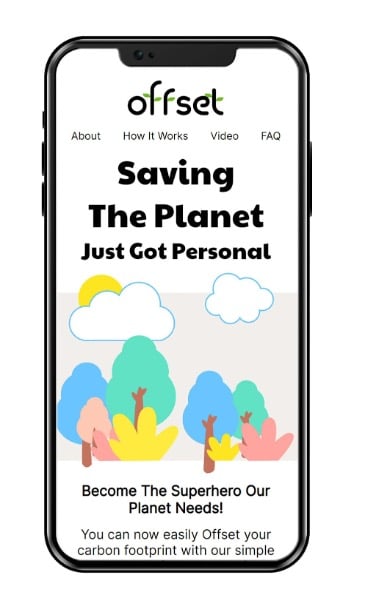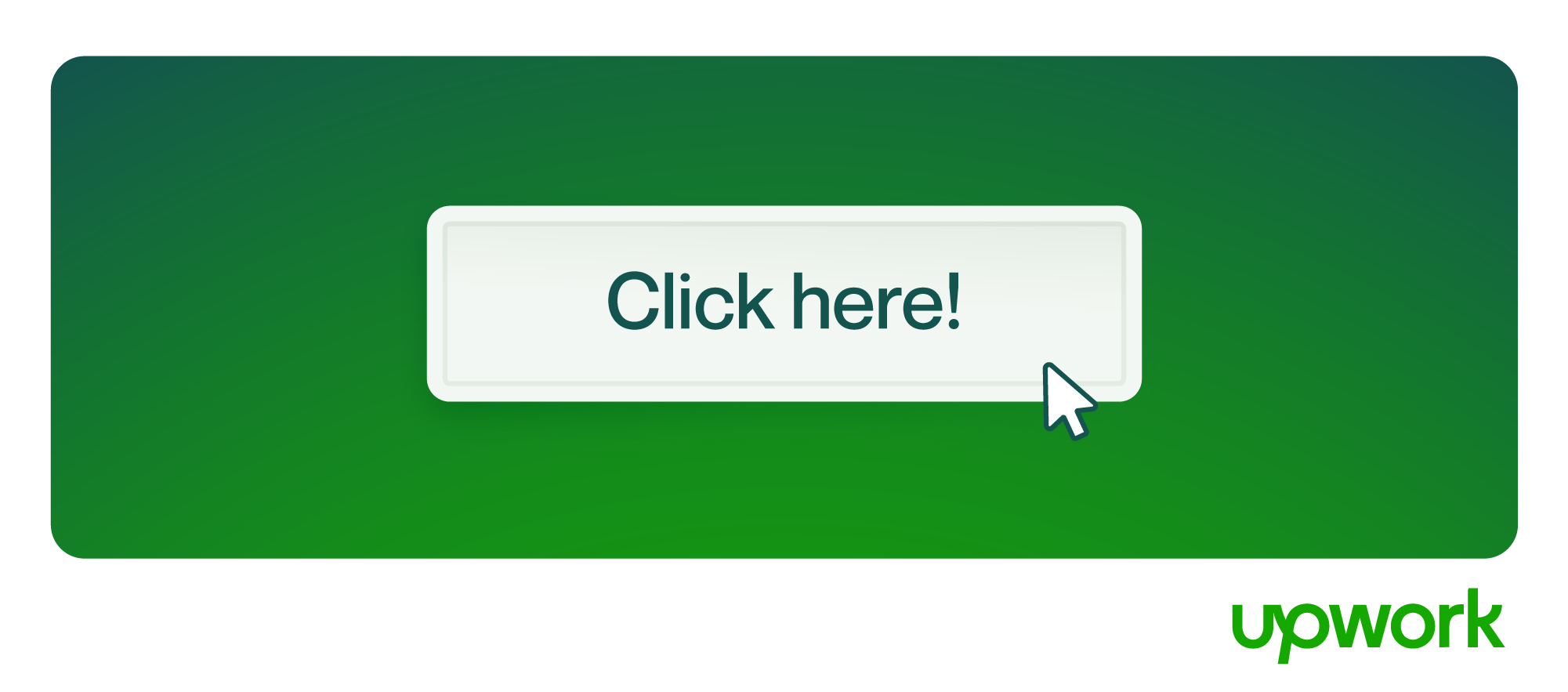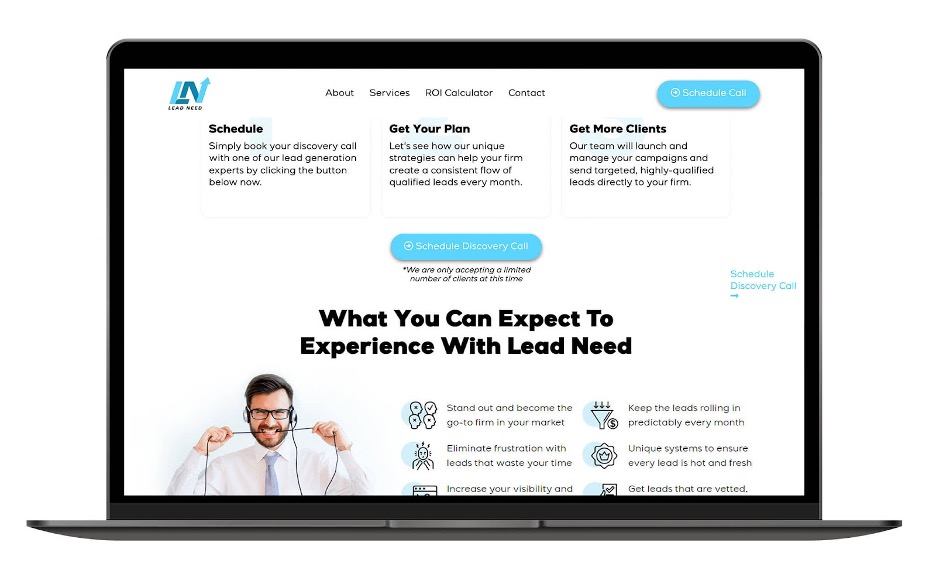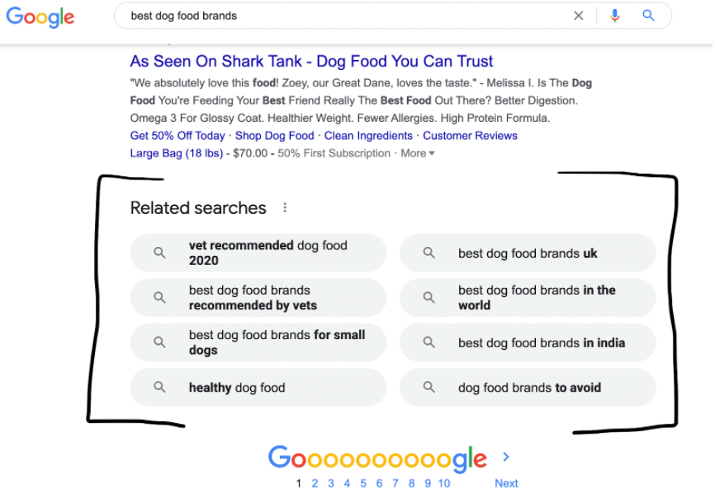
Many businesses fail to adapt to constantly changing digital trends that optimize conversions in their sales funnels. This mistake could be costly: If you’re not gaining new customers regularly, you risk falling behind your competition.
In this post, I explain what a sales funnel is and share the following seven strategies that will convert new clients from your sales funnel and create a predictable profit machine.
What’s a sales funnel?
A sales funnel is every stage of the process a potential customer goes through to decide whether to purchase a product or service. The goal of a sales funnel is to capture and convert leads and the sales funnel even includes a potential client’s decision not to purchase. Common components of a sales funnel include your website and email campaigns.
A good sales funnel eliminates choices at every stage and provides your prospects one option: To take a specific action to become a paying customer. This is because when a person is given too many options, they sometimes get analysis paralysis and end up choosing nothing at all.
Many businesses use outdated practices that don’t leverage custom digital tools to minimize choices and optimize their sales funnels. Here are seven common sales funnel mistakes to avoid and what to do instead to optimize conversions.
Sales funnel mistakes and what to do instead
1. Cluttered designs—Do this instead: Clean up all design assets
The visual appeal of the assets in your sales funnel is a primary determining factor in whether a company is trusted by potential customers. Here are five tips for creating clean sales funnel designs:
Declutter
Less is more when it comes to design. This is especially important on mobile. Give the design room to breathe by incorporating additional space, avoiding long blocks of text, and keeping it simple.
Simplify navigation choices
The best way to ensure your visitor either buys today or opts into your list or lead magnet is to remove all other distracting choices. One classic mistake is a navigation bar on a landing page that takes users away from the call to action (CTA). If you’re going to use a navigation bar, then make sure each “link” scrolls the user down and keeps them on the landing page. The only exception here are your terms and privacy pages. Note how the navigation bar on this mobile app below is super simple, offering only four options at the top.

Make text easy to read
If people can’t easily read your text, they’ll move on. Simplify your look by streamlining text choices to no more than two fonts; one for headlines and one for the remaining text. Choose easy to read fonts for your website, like Georgia, Helvetica, PT Sans & PT Serif. Keep paragraphs to five sentences max. On this computer screen image below, it’s easy to read the text, even though a lot is covered on the page.

Limit colors
Use no more than three or four colors for your sales funnel assets. Notice how the clean and high-integrity design on the page below makes it appealing to read.

Use clear images
Great imagery that isn’t pixelated builds trust. And trust is the foundation for conversions. This includes having high-quality photos of you and your team. In these two images below, notice how the picture on the top is an extremely pixelated image that looks unprofessional next to the pixel-perfect image on the bottom.


2. Hard-to-find CTA buttons—Do this instead: Prioritize location, design, and language of CTA buttons
The call-to-action (CTA) buttons in every part of your sales funnel are key to getting a potential client to opt in. They must be easy to find with clear language about which action to take. It’s important to provide reinforcement and urgency to take action now.
Without this clarity, potential clients will tell themselves they’ll come back “later,” even if they’re interested in what you have to offer, and you’ll lose a sale. Here’s how to make CTA buttons work in your sales funnel assets.
Make the button pop with shadowing
Use hard shadows behind your buttons to instantly increase conversions on your landing pages. Round the corners of your buttons at least 20 percent to make them look like a button and less like a highlighted block of text.
Be clear on which action to take
When users visit your site, every word matters. People need to see and hear the same message multiple times before they take an action.
The words “Click Here Now” as subtext below the main CTA text in the button have performed well on my client sites as a clear action step to successfully increase conversions.
Increase your button numbers
Put your CTA’s everywhere, in every section, after each block of text. I even suggest having a “floating” CTA button on your website that constantly remains in view for your web page visitor.
Here are some examples of CTA buttons that have performed well. The orange button below stands out on the page due to the shadowing, with a clear sub-text that clearly states: “Click Here Now.”

The “Schedule a Call” button in the image below remains floating on the page regardless of how far the web page visitor scrolls down.

3. Boring headlines that don’t engage—Do this instead: Use high-value headlines above the fold
I’ll assume you know headlines matter. A study in Copy Blogger revealed that 80% of readers will never make it past your headline.
Which means for all your sales funnel content assets, 50% (or more) of your time, energy, and effort should be on everything above the fold. Above the fold means the section your visitors see without needing to scroll down, whether in an email, mobile app, or on your website. Consider this your most prized real estate, with the primary goal to compel action and keep users engaged to drive them back to the CTA.
Here’s what above the fold looks like on web page and on mobile, and five tips to help you craft that ever important headline:


Be clear, not clever
You have less than three seconds to hook someone with your headline. If they’re even slightly confused, they’ll click “back” on their browser and drop out. Every section, phrase, and word of your sales funnel needs to help move your prospect toward a desired action.
Create bite-sized content
Avoid large blocks of text and instead use bite-sized content with plenty of space. Readers want short and simple. This is not the time to emulate Leo Tolstoy’s novel War and Peace.
Let Google write your headlines
Great headlines are often assembled, (and reverse engineered) not written. How? Use Google’s Related Searches (see below) to write your headlines.

Using “best dog food brands” as an example, if you sold dog food you’d definitely want to have content in your headlines that encompassed the following: Best Dog Food Brands To Avoid and Best Dog Food Brands In The World as well as Best Dog Food Brands for Puppies.
This is known as matching search intent, or more intelligently, filling demand rather than creating demand.
4. Slow loading speeds that lose customers—Do this instead: Invest in infrastructure for faster load times
Gain trust with a reliable experience. One key area to focus on improving is the speed in which your content loads. Here are five tips on how to improve the loading speed in all stages of your sales funnel.
Invest in tools and testing that improve speed
Stay ahead of the curve by updating plugins, and not going the cheapest route possible when it comes to selecting a hosting company. Regularly blocking out time to test and analyze your email and page load speed is a must if you're serious about increasing your conversions.
Know your loading score
Try GTMetrix and Google Page Speed Insights. Use these free online tools to regularly monitor your page load speeds and make improvements. These websites provide you with a score from 1 to 100 (100 is lightning fast), rating your web page load time for both desktop and mobile.
You’ll also notice a list of detailed instructions directly below the score these resources give you showing you exactly what’s slowing your web page down.
Compress large images
It’s great you hired a professional photographer for your product’s images, but not if they’re causing your sales funnel assets to take forever to load. Compress every image throughout your sales funnel using free online software such as: TinyPNG.com.
Shoot for 3 seconds or less
The gold standard I aim for with my clients is no more than 3 seconds for a page or content asset to fully load. But if you’re really ambitious I’d shoot for under 1-2 seconds. Anything over 5 seconds likely means your potential visitor will abandon your slow loading content.
Use a content delivery network (CDN)
A CDN is a must if you do business globally. CDNs place your sales funnel all over the globe. If someone visits your landing page from Sydney, Australia, even though your site is hosted in Rockville, Maryland, a CDN replicates your web pages and puts it on a server to improve your page load time in Sydney.
5. Amateur functionality—Do this instead: Test often for user experience
A shoddy form. Broken links. Lorem Ipsum text or even a typo. These mistakes in your sales funnel prevent you from selling. The functionality of the assets in your funnel will make or break your success. Here are three tips to improve the user experience.
Test your forms multiple times
I recommend you test, test … then test your forms some more! I often visit landing pages where I enter my information and the link is either broken or it does not give me what it states it will.
Constantly monitor and update
Algorithmic changes in SEO and updates in the plugins or software you are using can wreak havoc on your links and sales funnel flow. Take the time every week to monitor for changes and make necessary updates.
Go through as a prospect
Go through every step of your sales funnel as if you were a prospect and vet the user experience. Review every aspect, including lead capture forms, email opt-ins, thank-you pages, payment processors and shipping.
6. Overlooking client reviews—Do this instead: Leverage testimonials as a sales tool
Testimonials are a key way to highlight features, remove doubt and overcome objections. Yet they are often overlooked. Here’s five ways to maximize the effectiveness of testimonials in your sales funnel:
Post reviews from real customers
Canned or fake reviews do more harm than good. Your prospects should see themselves in your testimonials and get confirmation that you can solve their problems.
Keep the language authentic
It can be tempting to summarize or clean-up your prospect’s language … but don’t. Not only will untouched reviews feel “real,” they’ll also likely communicate in a way that lands well with potential customers.
Use full names
Always use a person’s first and last name. And if you’d like to cement the credibility of the testimonial even more, use their job title, location, and a relatable image of them.
Address common concerns
If possible, get your customers to talk about a common objection you get and how you overcame that for your client. For example, I charge a premium for my services so I get my clients to talk about cost versus value in their testimonials.
Add video testimonials
Prospects may not watch your video testimonials … that also doesn’t matter. As they scan the page and see real people on video shot with a smartphone, that’s all they’ll need.
Here’s a comparison between testimonials that don’t land with an example that’s on point:
Bad: “Wow, this product is life changing!”
Good: “Working with John was one of the best experiences I’ve ever had with a plumber. Not only was he professional, John went above and beyond to ensure my water pipes could easily handle another hard freeze here in South Texas.” —David Smith
7. No follow up protocol or strategy—Do this instead: Follow up fast with a clear action step
If you’re not following up, you’re leaving money on the table.
People trust what’s familiar and email is still one of the easiest and most cost-efficient ways to ensure familiarity. Even if they are not opening your email, they’re seeing your name in their inbox. A well-executed follow up process not only builds trust, it increases revenue and makes it a no-brainer for your prospects to choose you over your competitors.
Your prospects need nudges. They need multiple asks and offers. They need to be contacted after they opt in and presented with a compelling (and easy to execute) next step.
Here are three ingredients to an effective follow up strategy.
Be ruthless responding to lead capture
They’re on your site for a reason. Every second they stay on your site or take some type of action is telling you the story they want what you have to offer. Once they’ve opted in, it’s your responsibility to influence their next step.
Follow up fast
Amazon and Netflix have changed consumer’s expectations. You’ll have to contact them in a timely manner or else you’ll email them in a week, and they’ll have forgotten who you are.
Communicate often during the ‘honeymoon’ period
Your prospect may have a burning desire to fix their problem today … and forget about it three days later. Communicate often during this initial period and compel the next step in the sales process with a strong sense of urgency.
Build a sales funnel that turns clicks into customers
The seven sales funnel mistakes above are common and often unaddressed.
The good news is that because so many businesses, products and services get it wrong—you can easily stand out from the crowd.
Take some time to review your current design, language, functionality, credibility and follow up strategies based on what we’ve discussed in this post and know that you are but a few short steps away from having a data-driven, user-centered sales funnel that consistently turns clicks into customers. Send me an invite on my Upwork profile and let’s turn mistakes into competitive advantages that pay off time and time again.

Jeremy McGilvrey is a Harvard-educated No. 1 bestselling author. He has been featured in virtually every major publication across the globe. Jeremy helps business owners take their companies from brick-and-mortar to click-and-order by leveraging the massive power of the Internet.
Utilizing sales funnels, behavioral-based email marketing, and innovative traffic strategies—the uncommon results Jeremy has been able to create for himself and his clients has caught the attention of mainstream media.
What drastically separates Jeremy and his elite team from the competition is the fact he regularly practices what he teaches and he’s his own best customer.






.png)
.png)
.png)
.png)
.png)



.svg)
.svg)












.svg)


